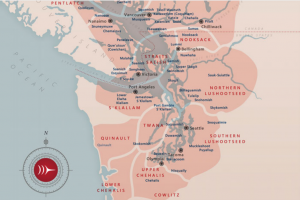- Two Eyed Seeing
http://www.integrativescience.ca/
This is a website that I found helpful with my research. I am looking at how 21st Century Learning education and First Nations Ways of Knowing and Learning weave within each other. Two Eyed Seeing is a phrase that was created by Elder Albert. Its to look through one eye with eastern knowledge and look through the other with First Nations Knowledge and weave them together to make the world around you a better place. The website provides resources and articles on interweaving Western Knowledge with Indigenous Knowledge.
2. Australian STEM Programs
3. Solid Pathways (Aboriginal Gifted Program)
Solid Pathways Solid Pathways is a program for high achieving/gifted Aboriginal and Tores Straight islanders students. I appreciated this program because as working in gifted education. You do not see much research or programs for Aboriginal students who are gifted. Which makes me wonder why? Which then leads me to then examine the institutions and how we look at giftedness.
4. Blackfulla Revolution
https://www.facebook.com/ourcountryourchoice/ Blackfulla Revolution Facebook page is administered by Cally Jettan. The page is an Aboriginal activism and education forum that encourages and supports understanding and resect between Indigenous and non Indigenous Australians. I have been reading and learning the struggles with Aboriginal population in Australia. This website has been informational because of the different perspectives of an Indigenous peoples struggle. First Nations and Aboriginal peoples are diverse. They are different from each other and it has been humbling to read other perspectives across the globe.
5. SHOW US THE WAY Music video
N’we Jinan Artists – “SHOW US THE WAY” // Surrey, British Columbia.
Song was written, filmed and recorded with Elementary kids from my school district.
